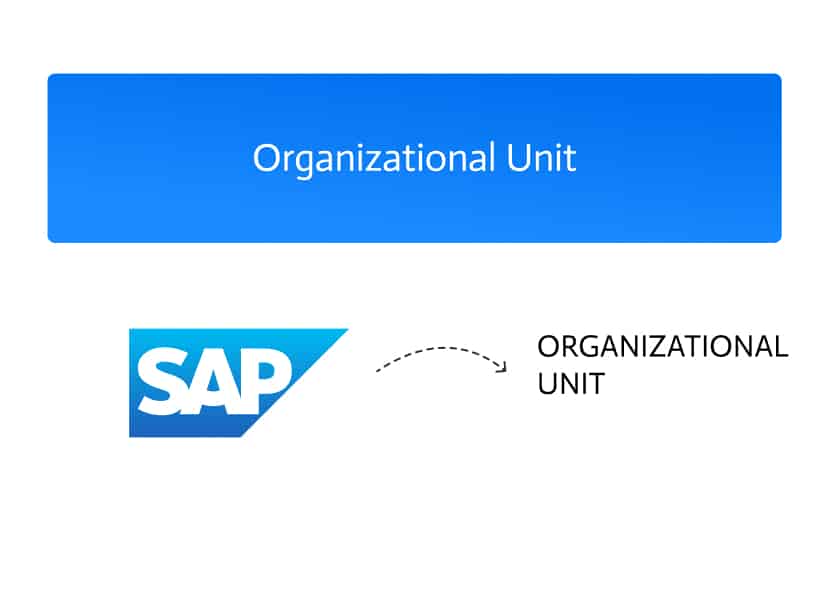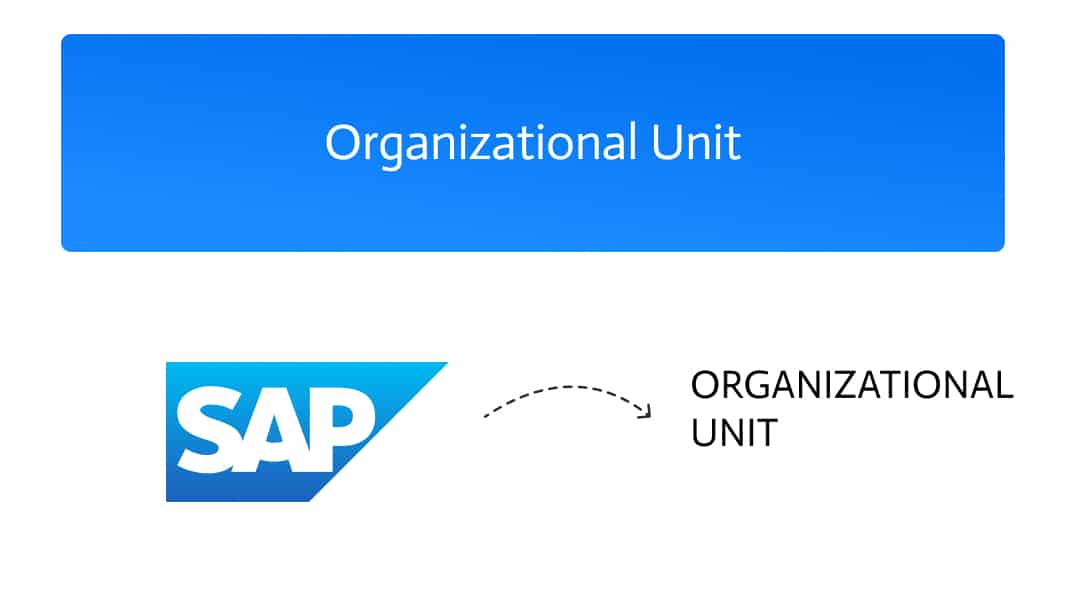

A Quick Look at Organizational Units in SAP
In SAP, an Organizational Unit represents a functional part of a company—such as a department, team, or branch—that plays a specific role in business operations. These units are the foundation for building an organizational model, outlining how responsibilities are structured and how reporting relationships are managed.
What Are Organizational Units Used For?
Organizational units are used to define how work is distributed across a company. They help map out the company structure by linking various functional areas. For example, you might create organizational units for your sales organization, sales offices, sales groups, service teams, or planning plants. These units form the hierarchy that defines how different parts of the business work together.
You can assign multiple attributes to a single organizational unit. For instance, a regional office could function as both a sales office and a sales group. This flexibility supports complex business models without requiring redundant structures.
How It Works in SAP S/4HANA
Within SAP S/4HANA Service, organizational units are mapped to key operational attributes. These include sales-related roles like sales organizations or sales offices, as well as service-specific entities such as planning plants. These assignments are made through system configuration in Customizing.
General attributes can also be defined, specifying which responsibilities or regions a unit covers. This helps ensure that tasks and approvals are routed appropriately throughout the system.
Integration and Relationships
Organizational units can be linked to other units to show reporting relationships or to positions, showing who manages or belongs to a team. When an organizational unit is created, SAP automatically generates a corresponding business partner record, which integrates it with other master data processes in the system.
Final Thoughts
Organizational units are more than just structural elements—they help businesses manage responsibilities, streamline operations, and ensure accurate data across systems. A well-defined organizational model in SAP is essential for scaling, compliance, and operational clarity.


